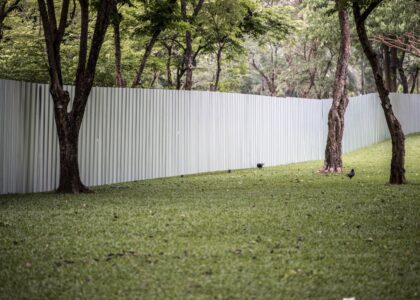Concrete is used for many purposes. It is used for flooring, roofing, making statues, stairs, garden ornaments, etc. Most of them get exposed to extreme climates like heat and cold, wind and rain. Concrete gets damaged due to moisture intrusion, chemical intrusion, alkali-silica reaction and because of numerous factors. This causes damage to the concrete substance and its life gets shortened. To protect concrete from these problems a sealer is applied, which are coatings applied to concrete to protect from corrosion. It reduces the porosity of concrete, preventing water and dirt from entering into the concrete. Concrete roof sealer can block surface moisture that can transmit chemicals and water through the pores.
Types of the sealers that are used in the roofs:
Sealers are mainly of two categories, topical sealers and the penetrating sealers. Topical sealers or film former sealers as they are called as they form a membrane, provide topical protection. They mostly give a glossy appearance to the concrete surface. Commonly used topic sealers are acrylic resins which are cheap and easy to apply. Epoxy is another one similar to acrylic resin. The only thing is it is more durable, so used in floors of garage, factory, roofs etc.
Penetrating sealers are good for dry surfaces. It does not change the appearance of the surface. They chemically react and form a bond with minerals in the concrete. Helps to block moisture on the surface and increase the density and strength of concrete. They are almost permanent. Silanes form a good permanent roof water sealer which is expensive but is very effective. Silicates could also be used which is comparatively cheaper. Silanes and silicates are of smaller molecules. Silicones are penetrating sealers of larger molecules. Though a bit expensive it is considered the best for highly porous substances. The different varieties of sealers are at times used in combination to give greater strength and protection.
Method of using the concrete sealers:
First of all, decide on the amount of sealer required based on the length and width of the surface that is to be sealed, the porosity of the concrete and also the type of sealant being used. The surface needs to be cleaned before applying any sealant. Check whether there is any grease, dirt or mildew if so remove them. This is to ensure that the concrete roof sealer penetrates the concrete. This can be done by wetting the surface which requires sealing and apply some cleaning stuff to remove the dir or grease if any. A power washer can be used to remove the debris properly. Dry the concrete thoroughly before applying the sealer. Then apply the sealer to the surface and allow it to dry.






